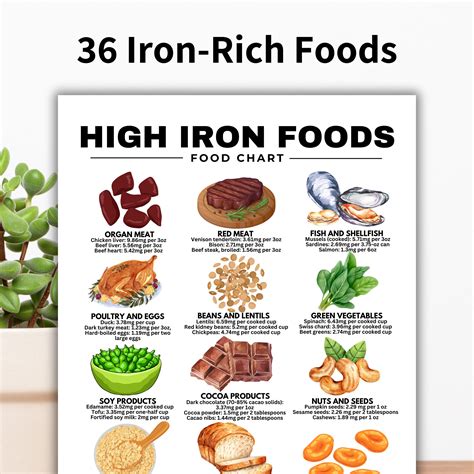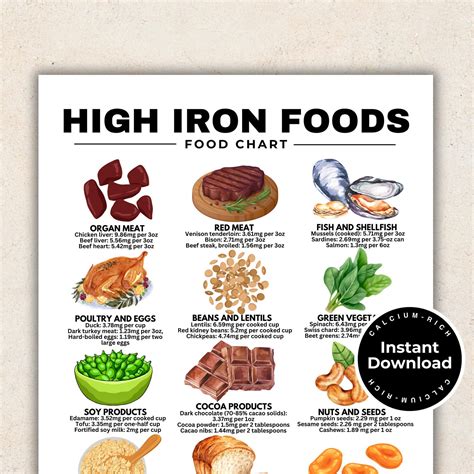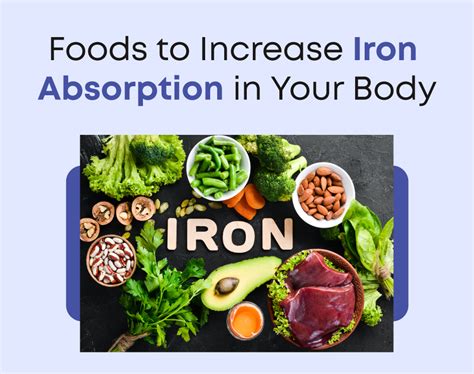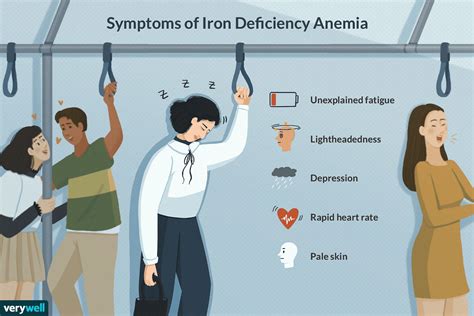Intro
Boost iron intake with our iron rich foods list, featuring top heme and non-heme iron sources, including lean meats, spinach, and fortified cereals, to combat anemia and improve overall health.
Iron is an essential nutrient that plays a vital role in maintaining healthy red blood cells, which carry oxygen throughout the body. Without enough iron, the body's tissues and organs may not receive the oxygen they need to function properly, leading to fatigue, weakness, and other health problems. Iron deficiency is a common nutritional disorder, especially among women, children, and individuals with certain medical conditions. Fortunately, incorporating iron-rich foods into your diet can help prevent or alleviate iron deficiency. In this article, we will explore the importance of iron, the benefits of iron-rich foods, and provide a comprehensive list of iron-rich foods to help you boost your iron intake.
The human body requires iron to produce hemoglobin, a protein in red blood cells that carries oxygen from the lungs to the body's tissues. Iron also plays a crucial role in many other bodily functions, including energy production, immune function, and cognitive development. The recommended daily intake of iron varies by age, sex, and other factors, but most adults need about 8-18 milligrams of iron per day. Iron deficiency can occur when the body does not receive enough iron from the diet, or when the body loses iron due to bleeding or other medical conditions.
A well-planned diet that includes a variety of iron-rich foods can help prevent iron deficiency and ensure optimal health. Iron-rich foods can be divided into two categories: heme iron sources and non-heme iron sources. Heme iron sources, such as meat, poultry, and fish, contain iron in the form of hemoglobin and myoglobin, which are more easily absorbed by the body. Non-heme iron sources, such as plant-based foods, contain iron in the form of ferric and ferrous iron, which are not as easily absorbed but can still provide adequate iron if consumed in sufficient amounts.
Benefits of Iron Rich Foods

Preventing Iron Deficiency Anemia
Iron deficiency anemia is a common health problem that can cause fatigue, weakness, and shortness of breath. Consuming iron-rich foods can help prevent iron deficiency anemia by providing the body with the iron it needs to produce healthy red blood cells. Iron-rich foods can also help alleviate symptoms of iron deficiency anemia, such as pale skin, hair loss, and cold hands and feet.Supporting Healthy Pregnancy and Fetal Development
Iron is essential for healthy pregnancy and fetal development. Pregnant women need more iron than non-pregnant women to support the growth and development of the fetus. Iron-rich foods can help meet this increased demand for iron, reducing the risk of iron deficiency anemia and other pregnancy-related complications.Iron Rich Foods List

Heme Iron Sources
Heme iron sources are the most easily absorbed by the body and include: * Red meat: beef, lamb, pork * Poultry: chicken, turkey, duck * Fish and seafood: shellfish, sardines, anchovies, tuna * Organ meats: liver, kidney, tongueNon-Heme Iron Sources
Non-heme iron sources are not as easily absorbed by the body but can still provide adequate iron if consumed in sufficient amounts. Non-heme iron sources include: * Legumes: lentils, chickpeas, black beans, kidney beans * Leafy greens: spinach, kale, collard greens, beet greens * Nuts and seeds: pumpkin seeds, sesame seeds, sunflower seeds, almonds * Whole grains: quinoa, brown rice, whole wheat bread, whole grain pasta * Fortified cereals: iron-fortified breakfast cereals * Dried fruit: dried apricots, prunes, raisinsIncreasing Iron Absorption

Food Combinations for Increased Iron Absorption
Here are some food combinations that can help increase iron absorption: * Red meat with bell peppers * Chicken with citrus fruits * Fish with tomatoes * Legumes with vitamin C-rich fruits * Leafy greens with citrus fruitsIron Deficiency Symptoms and Treatment

Symptoms of Iron Deficiency
Common symptoms of iron deficiency include: * Fatigue and weakness * Pale skin * Hair loss * Cold hands and feet * Shortness of breath * Dizziness and lightheadedness * Headaches and migrainesTreatment Options for Iron Deficiency
Treatment options for iron deficiency depend on the severity of the condition and the underlying cause. Common treatment options include: * Dietary changes: increasing iron intake through iron-rich foods * Iron supplements: taking iron supplements to boost iron levels * Addressing underlying medical conditions: treating underlying medical conditions that may be contributing to iron deficiencyConclusion and Next Steps

What are the symptoms of iron deficiency?
+Common symptoms of iron deficiency include fatigue and weakness, pale skin, hair loss, cold hands and feet, shortness of breath, dizziness and lightheadedness, and headaches and migraines.
How can I increase iron absorption?
+To maximize iron absorption, consume iron-rich foods with vitamin C-rich foods, such as citrus fruits, bell peppers, and tomatoes. Avoid tea, coffee, and milk with iron-rich foods to minimize iron inhibition and maximize absorption.
What are some iron-rich food combinations?
+Some iron-rich food combinations include red meat with bell peppers, chicken with citrus fruits, fish with tomatoes, legumes with vitamin C-rich fruits, and leafy greens with citrus fruits.
